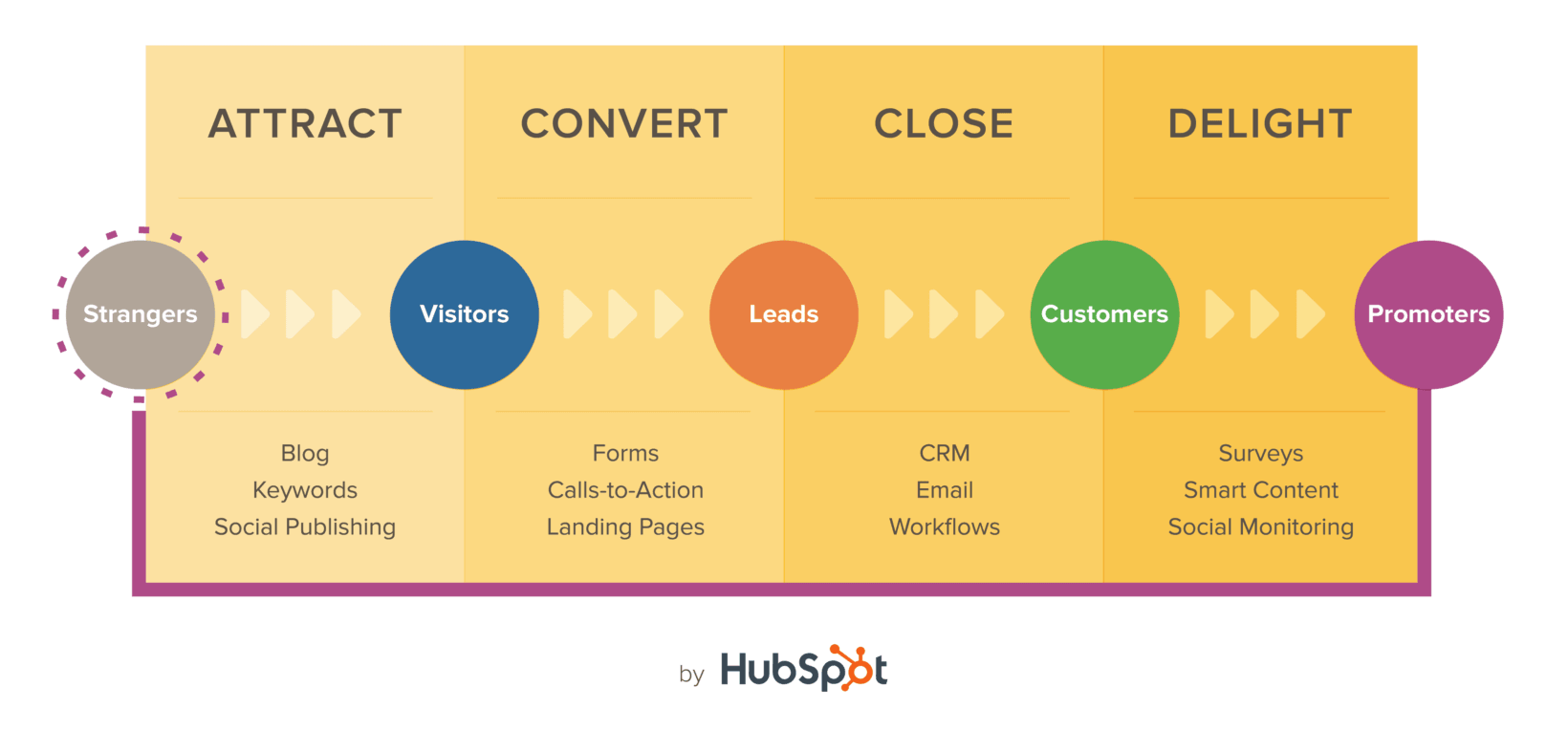
If you were to ask three different people what the main source of news is nowadays, it’s likely you’ll get a number of answers; online media sources, newswires, and lastly, blogs and other forms of inbound marketing.
Surveys speak volumes: 50 percent of Americans get their news from online sources, and just over 30 percent get their news primarily from newswires.
With these findings in mind, the world of PR must keep changing according to latest trends in publishing and news readership. Therefore, we can divide the existing PR into two: old PR – often focused on offline media and modern PR, an approach that emphasize the online world.
How to read between the lines of media
When a PR agency identifies with a ‘modern approach’, what does this mean? What does old fashioned PR lack, that was successful and innovative once upon a time, and why isn’t this style working in 2016?
And let’s not forget about the other prevalent media trend: inbound marketing.
So many companies are investing more time and effort into inbound marketing, making sure their websites have a sustainable blog section, and a solid follower base on social media. What does this mean for the future of PR? Is inbound marketing taking over?
No, just the opposite. Inbound marketing relies on PR to get its claim to fame in the world of media. But this is only made possible by New/Modern PR; digital press releases and resources that introduce brands to the online marketplace.
What is it about modernized PR that’s more dominant nowadays? How does it interact with inbound marketing? Do they serve different or similar purposes? Is one more important than the other, and if so, which?

The goal of PR: To tell a compelling story
The American Press stats suggest that online news consumption is in demand, and many media providers are succeeding at it. The question is how these news providers choose tactics that will produce a compelling story.
In order to compel a target audience, it takes a modernized PR professional, who knows where and how to find his audience.
Ultimately, when PR has a modern approach, it’s mastered precisely which newspapers or websites reach their target demographic most effectively.
Why doesn’t old fashioned PR tell a compelling story?
Once the world fast forwarded to the 21st century, those that haven’t mastered the digital world have started to lag behind. Old-fashioned PR professionals are much less acquainted with digital media and its key amplifiers, such as the prosperous world of social media.
Although old-fashioned publicists have aced the art of press releases, how to maneuver breaking news headlines, etc., channels like social media and and viral content forums are beyond their repertoire.
Old PR is also less familiar with the notion of influencers that attract communities of enthusiasts; and with how business networks are weaved from scratch — starting from basic blogging all the way to newsletters, Q & A forums, and follower bases. All of these evolutionary dialogues are the essence of PR nowadays — and sustain the reality of targeted audiences.
The audience of old fashioned PR
Once upon a time, Old PR relied on big retainers, cold-calling, traditional media (press, radio, TV), corporate communications, and so on.
In other words, Old PR is mass media driven; it targets the public at large, and its success depends on how well it strikes the attention of a generic audience. Although this style does show that old fashioned PR is relationship-driven, it’s a one-way relationship, at best.
Using Old PR, the ‘best’ way a brand could get its voice out in public was to throw messages out into the open-ended marketplace, and cross its fingers that someone would hear their message, to then decide it was worth remembering. Whether they admit it or not, most people prefer not to rest their luck on (this type of) hit-or-miss situation.
When you never know who may or may not hear your voice, you’re a lot less inclined to speak up, and your chances to be heard are slimmer from the get-go.
Another weakness factor that old fashioned PR has suffered is its inability to measure its success. At most, performance rankings are drawn from how many newspapers were bought or left on the shelves; how many flyers were taken from the pile.
But since modernized PR is digitized, inbound marketing tactics can measure and assess its successes (and failures); Which headlines were clicked on? Which keywords ranked well? Which content got the most shares? How long did readers spend reading?
Old PR doesn’t have much to offer in this realm. If you asked an old school PR professional how long people spent reading his press releases, the most you would get in return would be a blank stare.
No performance guaranteed
Businesses appreciate the value of strong publicity, which is why they’ve been known to fork over a lot of cash to pay PR agencies large retainers, expecting to hit big headlines soon after.
Unfortunately, many business owners can commiserate with spending a big chunk of their budget and never reaching the headlines.
This phenomenon dates back to the old fashioned PR model, before performance-based marketing came to the surface. The modern approach, often referred to as ‘pay-for-placement’, PR, empathizes with publicity-seeking companies: payment is only demanded from these clients once they’ve already been mentioned.
But this change in technique isn’t only about empathy. PR agencies are aware of the performance-tracking and measurement tools that companies have access to. If a company’s press releases isn’t bringing them leads and traffic growth, they’ll know about it right away. This modernized PR demands publicists to be on their game when working for their clients’ growth.
So it’s all the more likely to happen. Performance is measurable, and that’s why it’s guaranteed.

What’s Different about New PR?
It’s no secret that the digital media channels of the 21st century have taken a new spin on communication. The bottom line of digital communication is that people are choosing who they want to hear from, when, how often, and most of all, what they want to be hearing to begin with.
This freedom of choice is otherwise known as ‘new-media’; information on-demand, available to everybody at any point in time.
The need for publicity, PR, and ultimately, fame, hasn’t diminished, and is just as present as it always was. The change lies in how New PR gives people the news they want, in light of the revolutionized, on-demand communication that cements our world of information.
New PR hasn’t changed the PR agenda; it’s still about forming relationships with readers, except it no longer relies on the mass media alone to make this happen. The relationships are still being built, but this time they’re personal. Stories are built upon an understanding of who its readers are, and what responses they expect in return.
Hubspot said it first:
“Ten years ago, people still relied on morning papers for news. Today, the vast majority of your company’s customers and prospects scan headlines on Twitter or see what’s hot in their Facebook feed…public relations is no longer about feeding into a traditional news cycle; it’s about providing relevant content when, where, and how your prospects, influencers, and customers will consume it.”
Modernized PR has also gained the description of “high-octane press”; it embraces the entire spectrum digital assets;
Online media presence provides press releases with new avenues of opportunity: well-placed, quality links, persuasive call to actions, shareability on social networks, and visibility in search engines.
PR that embraces this modern approach maximizes its opportunity to measure its performance. Not only can the audience’s response factor be evaluated and ranked, the content crafters can use the measurements they find to improve further communication and relationship styles with their targets.
Owned media brings earned media
Press releases and the liking are ‘earned media’: they’re always found on an external medium to the company, where they’ve earned the legitimacy to tell the world about their business. They’ve come that far, but they want more people to hear their voice, and to learn as much about them as possible. Information doesn’t want to stop at the media they’ve earned, they want to own it, too.
Inbound marketing is owned media. Once they’ve drawn in the adequate reader base, brands don’t only want the media they’ve earned. By gathering the knowledge of where they stand in the eyes of their audiences, they can advance the relationship further.
Once they’ve earned the press releases and news columns they’ve deserved, journalists make the most of these forums to lay the groundwork for a relationship with prospecting readers.
Once they’re ready for this relationship, they’re ready to take the risk of inbound content marketing.
What’s this risk? The risk of content marketing is taking the initiative to talk about a topic that you believe your readers will want to read about. It’s your second dialogue with readers and prospects, but this time it’s on the subject they know their readers want to talk about.
Ultimately, for these audience connections to really resonate and materialize, brands want to drive their audiences as far as their company blog, aka their own social channels. They don’t just want to be spoken about, they want to be the ones speaking.

PR prepares you for the risk to compel readers
Let’s face it, even if you’re a risk taker, you’ll definitely want to be as confident as possible that content will be on the subject that your readers will relish in. But to get that intimate point with your readers, Modern PR has to pave the way.
PR creates awareness that will then generate leads, which then hands the floor over to inbound marketing: inbound creates (and fosters) a community around the brand, by identifying, uniting, and engaging its audience(s). Once this harmony happens, many elements of branded content are made possible: a compelling story, thought leadership, a unique brand identity, and of course, generating traffic.
But it can’t happen without PR; if you want your audience to seek you out, you need to reach out to them first.
Get the TNW newsletter
Get the most important tech news in your inbox each week.




